What is a file format?
A file format is a standard way in which a computer file is stored in a computer or device. The type of file specifies the type of data stored in the computer and the file format tells the computer how to process the data. There are hundreds of file formats and each file format belongs to a specific software program. Each file format operates only with a specific application, for example – a JPEG file or .jpg is a file used mainly within a web browser, JPEG files are common on websites. But you can also open a JPEG file on MS Word and Adobe Illustrator etc. but you cannot view a Adobe Illustrator file on your web browser and MS Word.
Different operating systems have taken different approaches on how to determine a particular file’s format. Most modern operating systems and individual applications need use all of the following approaches to read “foreign” file formats. One method used by many operating systems to determine the format of a file based on its extension at the end of its name these operating systems include – Windows, Mac OS X, CP/M, DOS, VMS, and VM/CMS.
The file name is known as the file name extension. For example, Adobe Illustrator files are identified by names that end with .ai and JPEG images by .jpg. A HTML file is identified by .html or .htm.
Originally file names were limited to an eight-character identifier and a three-character extension, known as an 8.3 file name. Although modern operating systems and applications no longer have limitations on the length of a file name, many formats still use three-character extensions.
Here are the common file formats explained
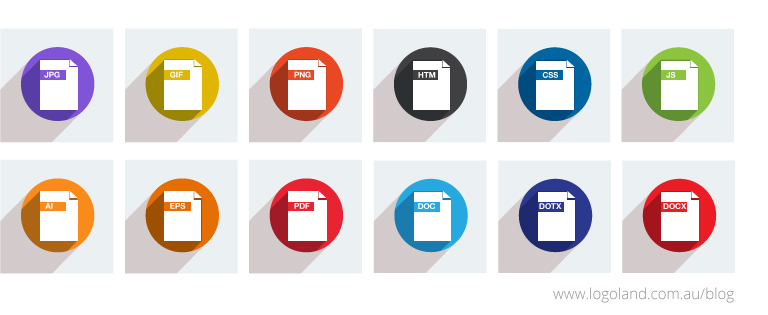
Rastor Image Files
The following file formats belong to either an electronic use and/or RGB category, these files are usually smaller in size and for the purpose of fast loading when used on websites called Rastor files that web designers may use. These file types are widely used online on websites and for saving photographic and graphic images.
JPEG – .jpg
GIF – .gif
PNG – .png
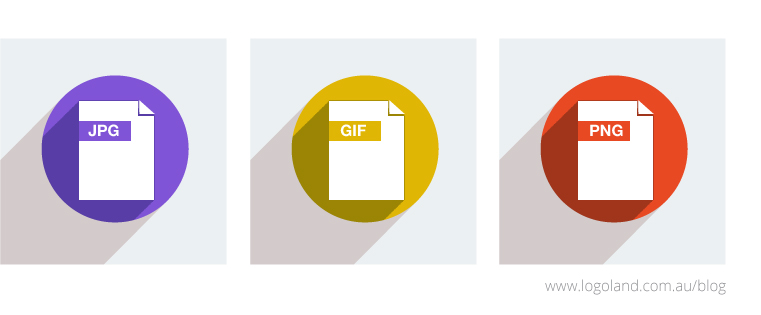
Vector Image Files
The following file formats are formats used for files that will be printed or that will be used online but may be main source files of JPEG, GIF or PNG files, these files are larger in size as they are high resolution files that are scalable to any size and the quality of the graphic does not diminish, called Vector files.
Adobe Illustrator – .ai
Encapsulated Postscript – .eps
Portable Document File – .pdf
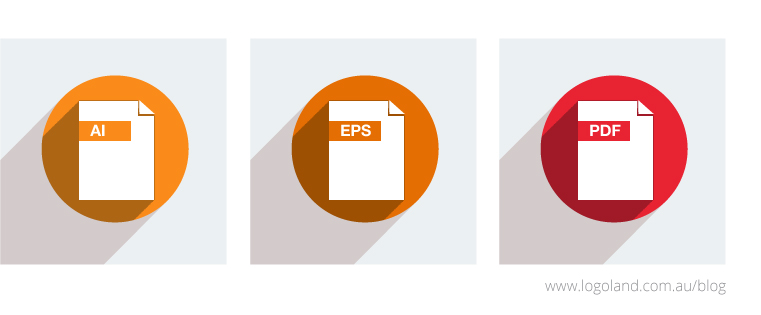
Text or Web Files
These file formats are formats commonly used for the creation of websites and other online media. These files are data files, these files are compatible with a web browser. Some of these file formats are used to code web pages including data and graphic images.
Hyper Text Markup Language – .htm
Cascading Style Sheets – .css
JavaScript – .js
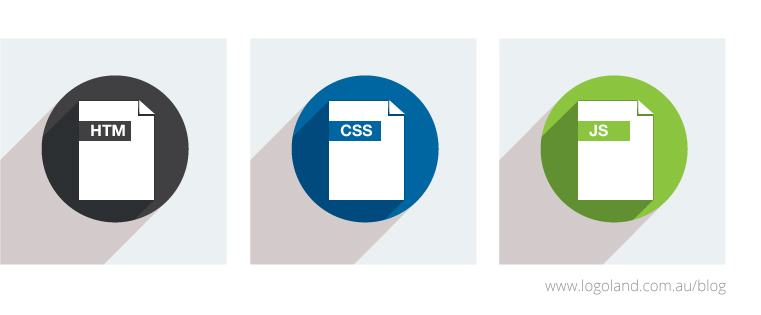
Document Files
These file formats are used widely in administration and businesses, these files are very common and are even for personal use and used by students and worker alike. A document file format is a text or binary file format and is used for storing documents. Document file formats can be categorised into two different categories, Rich Text and Plain Text. Rich Text is when the file contains formatting such as fonts, colours etc. Plain text is when the file does not contain any enhancements, it is simply plain text e.g. a Textfile (.txt) or Flatfile.
Microsoft Word Document – .doc
Word Open XML Document Template – .dotx
Microsoft Word Open XML Document – .docx
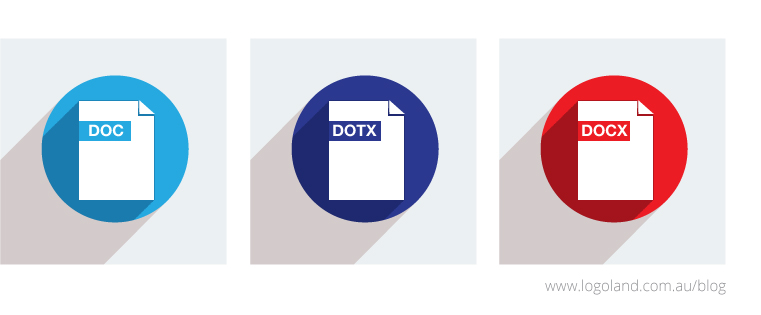 It is crucial that a company in need of professional branding selects a designer that understands how to effectively design visual communication, there are many factors that need to be considered including if the designer is qualified, experienced, are they creative and will they design the logo properly as the presentation and finishing is important. A proper brand designer will design the logo correctly and provide you with vector format files which are high resolution and they also prepare a professional logo style guide that indicates how to display the logo and how not to and includes the font and colour information of the logo.
It is crucial that a company in need of professional branding selects a designer that understands how to effectively design visual communication, there are many factors that need to be considered including if the designer is qualified, experienced, are they creative and will they design the logo properly as the presentation and finishing is important. A proper brand designer will design the logo correctly and provide you with vector format files which are high resolution and they also prepare a professional logo style guide that indicates how to display the logo and how not to and includes the font and colour information of the logo.
Similar posts that may interest you
The purpose of a logo and its design
What is the advantage of having a logo designed online?
Logo Design Process
Why it’s important to have a professional business image


